New Construction
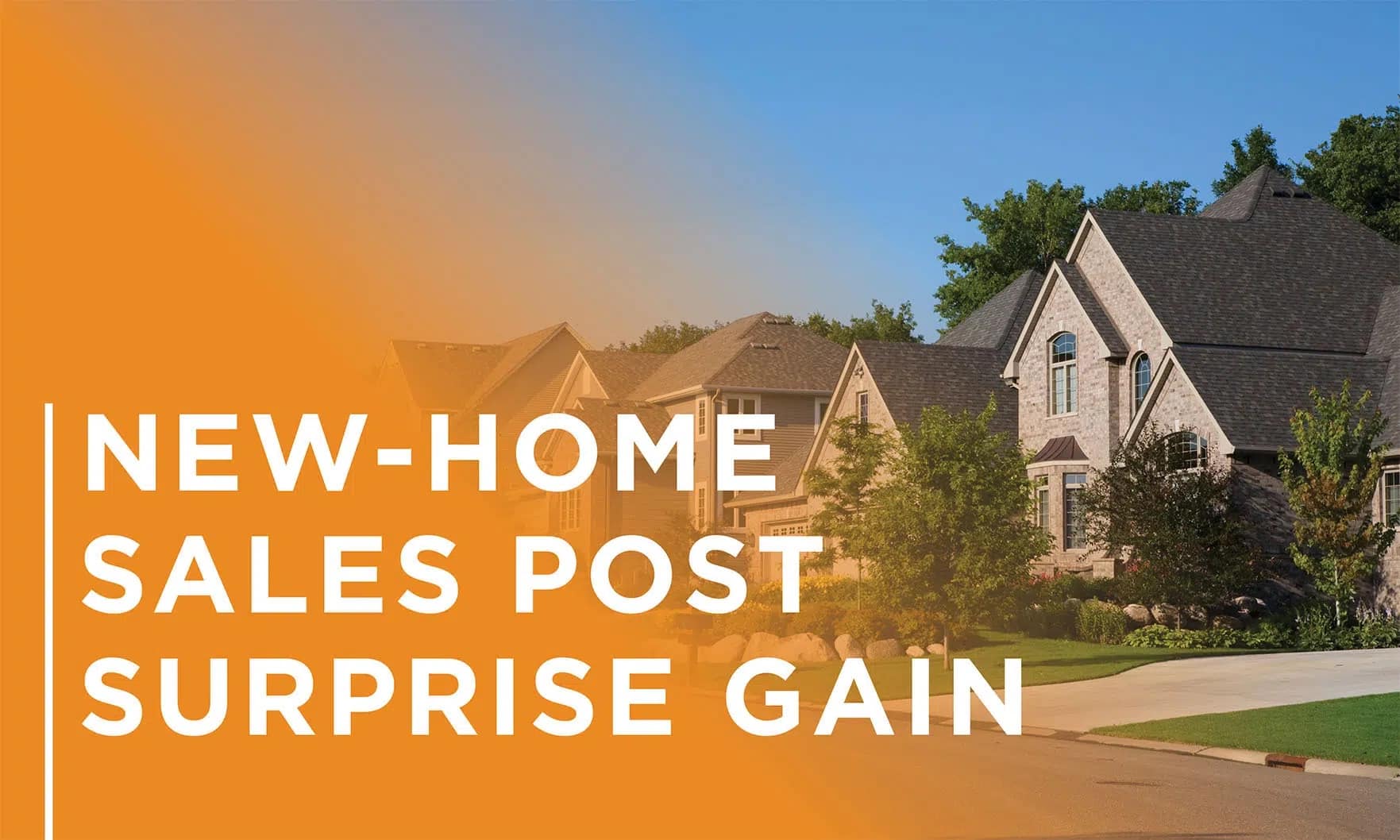
The median sales price of a new home was down on a monthly basis but up on an annual one.
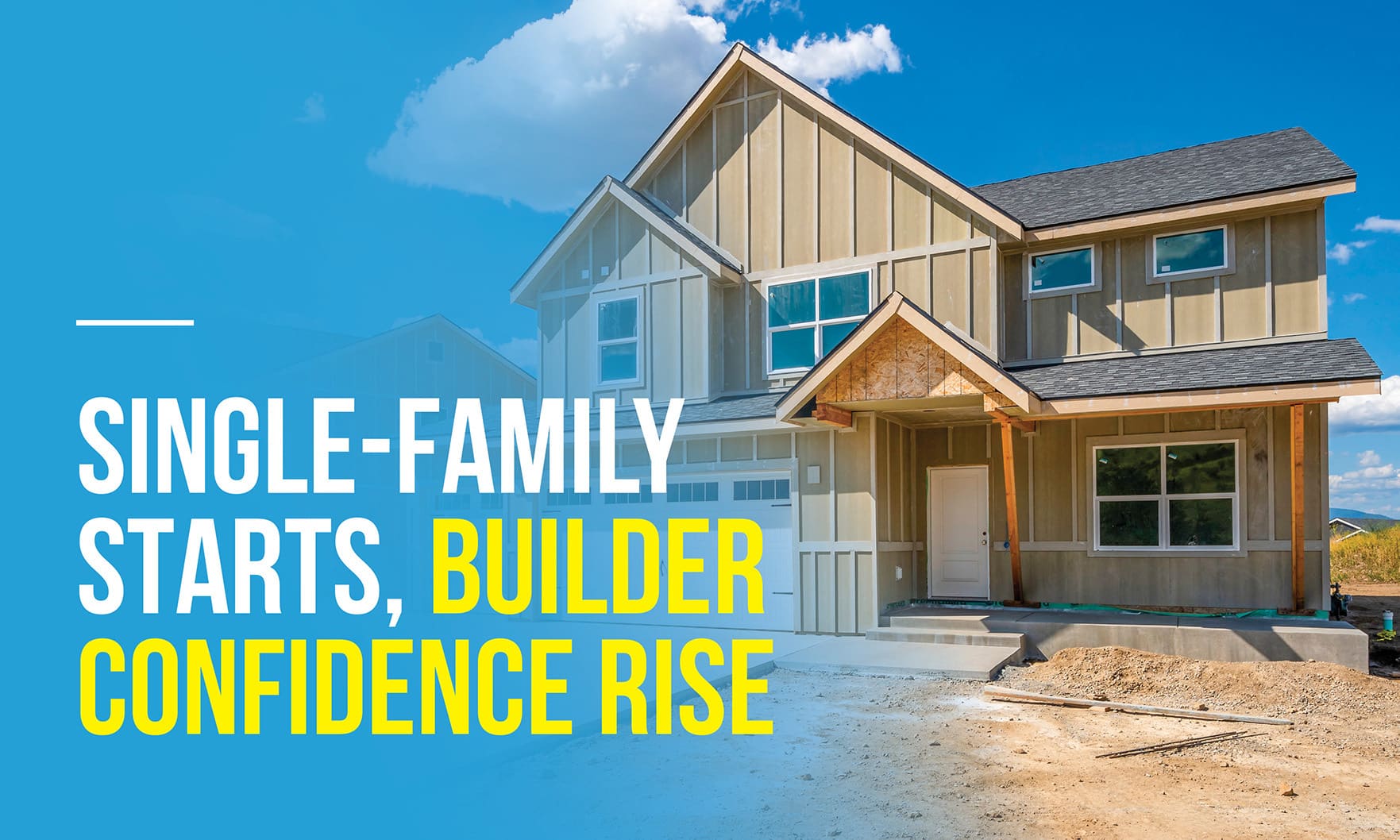
The increase in builder confidence breaks a string of 12 straight monthly declines in the NAHB/Wells Fargo Housing Market Index.
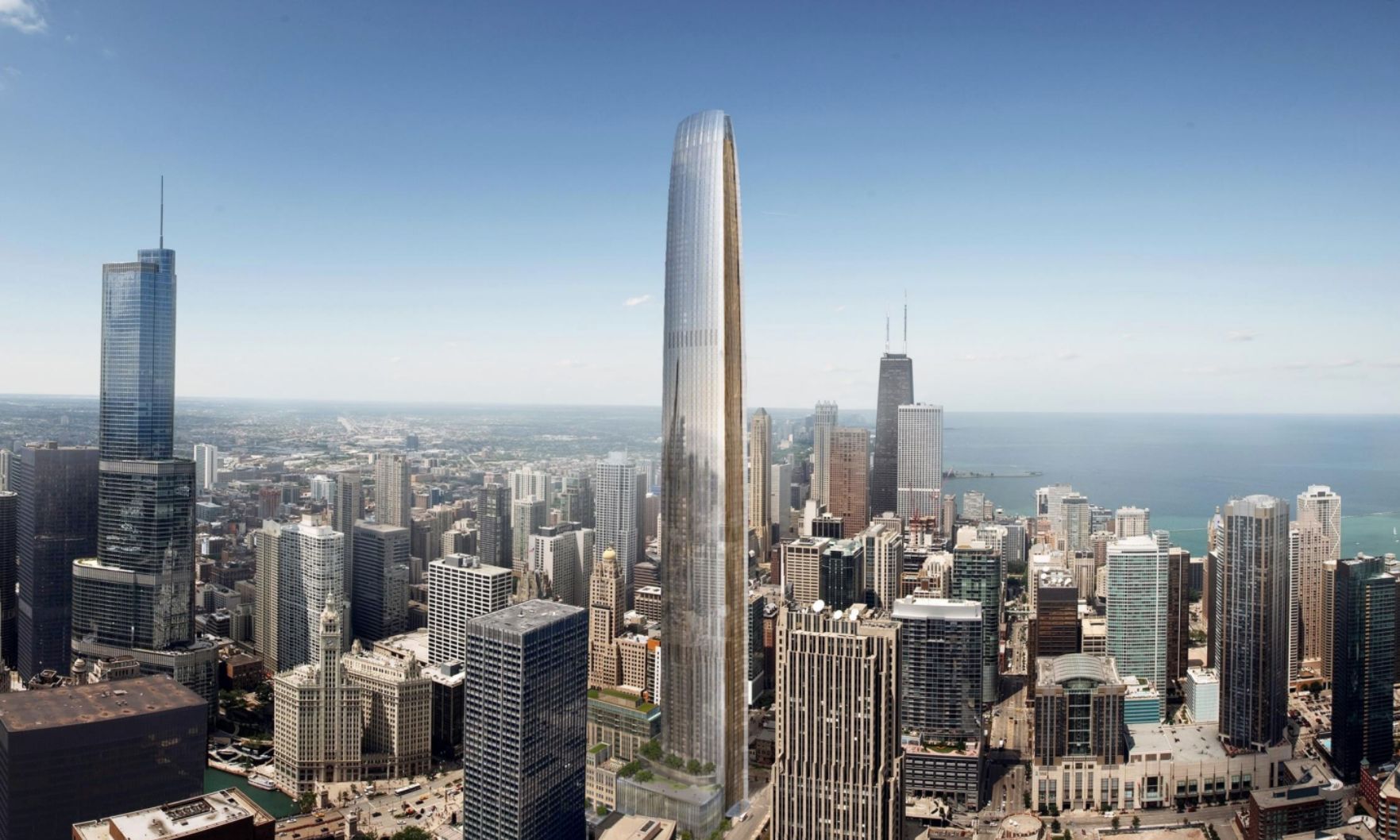
The Willis Tower remains the tallest in Chicago. Now, a future structure is set to snag the No. 2 spot: the Tribune East Tower.
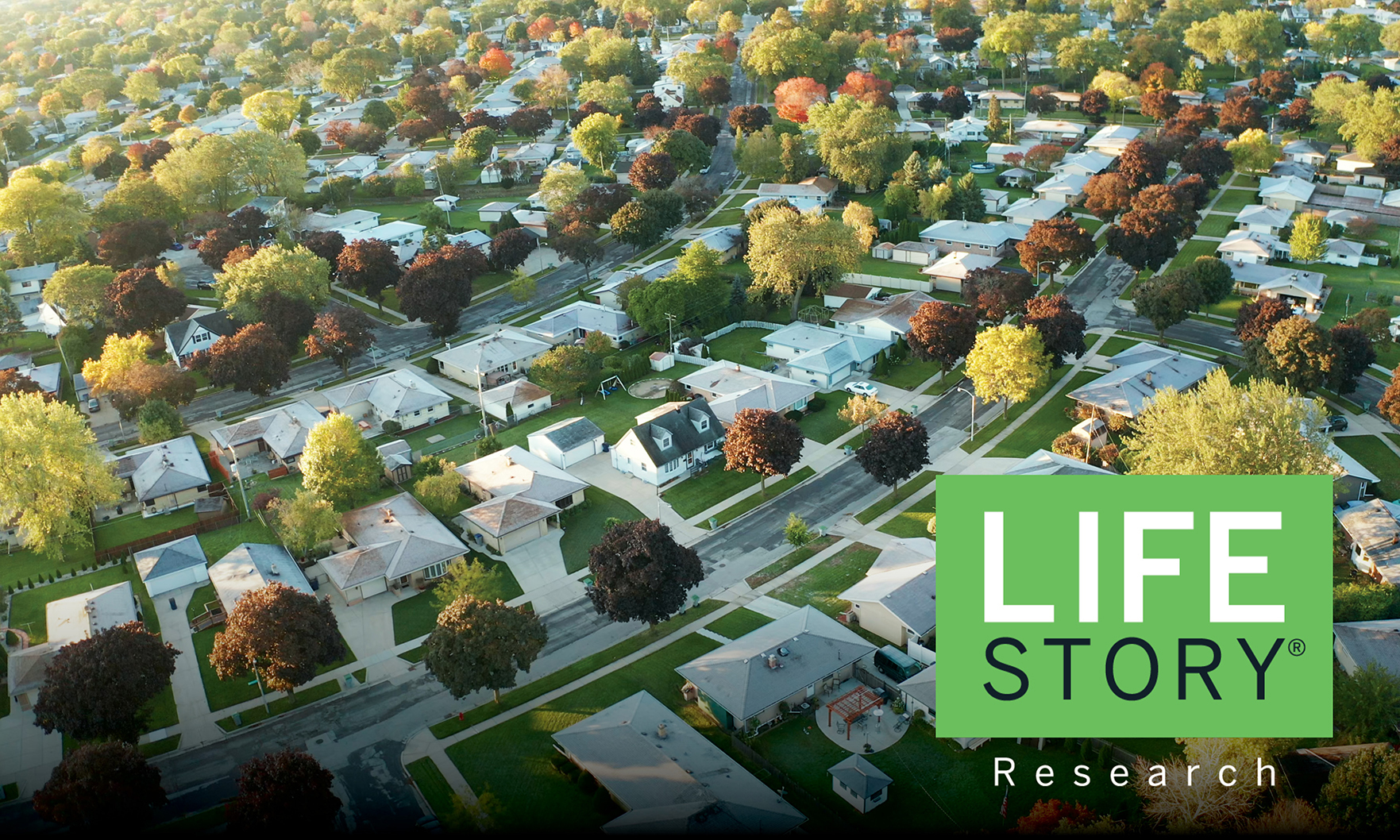
For more than 10 years, Lifestory Research has released its highly anticipated study: America’s Most Trusted®. And the 2023 results are in.
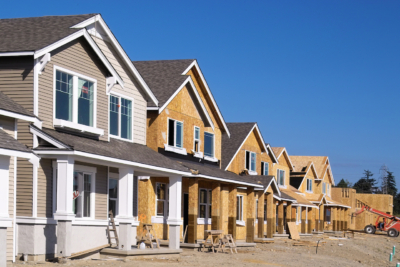
The move comes despite a slowdown in the single-family rental market.
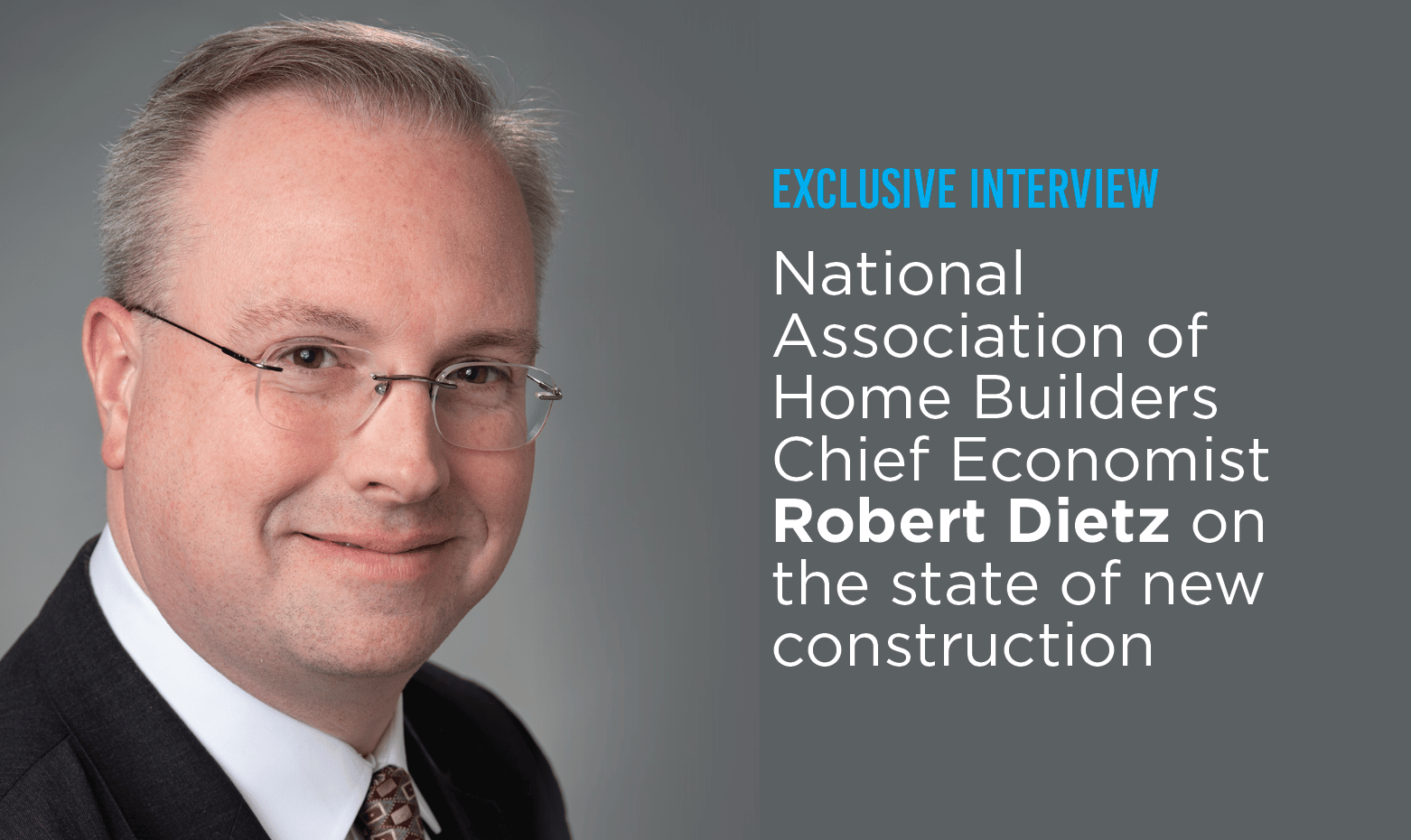
A wave of homebuilding is expected to start up in 2024 and run through the end of the decade, according to the NAHB.
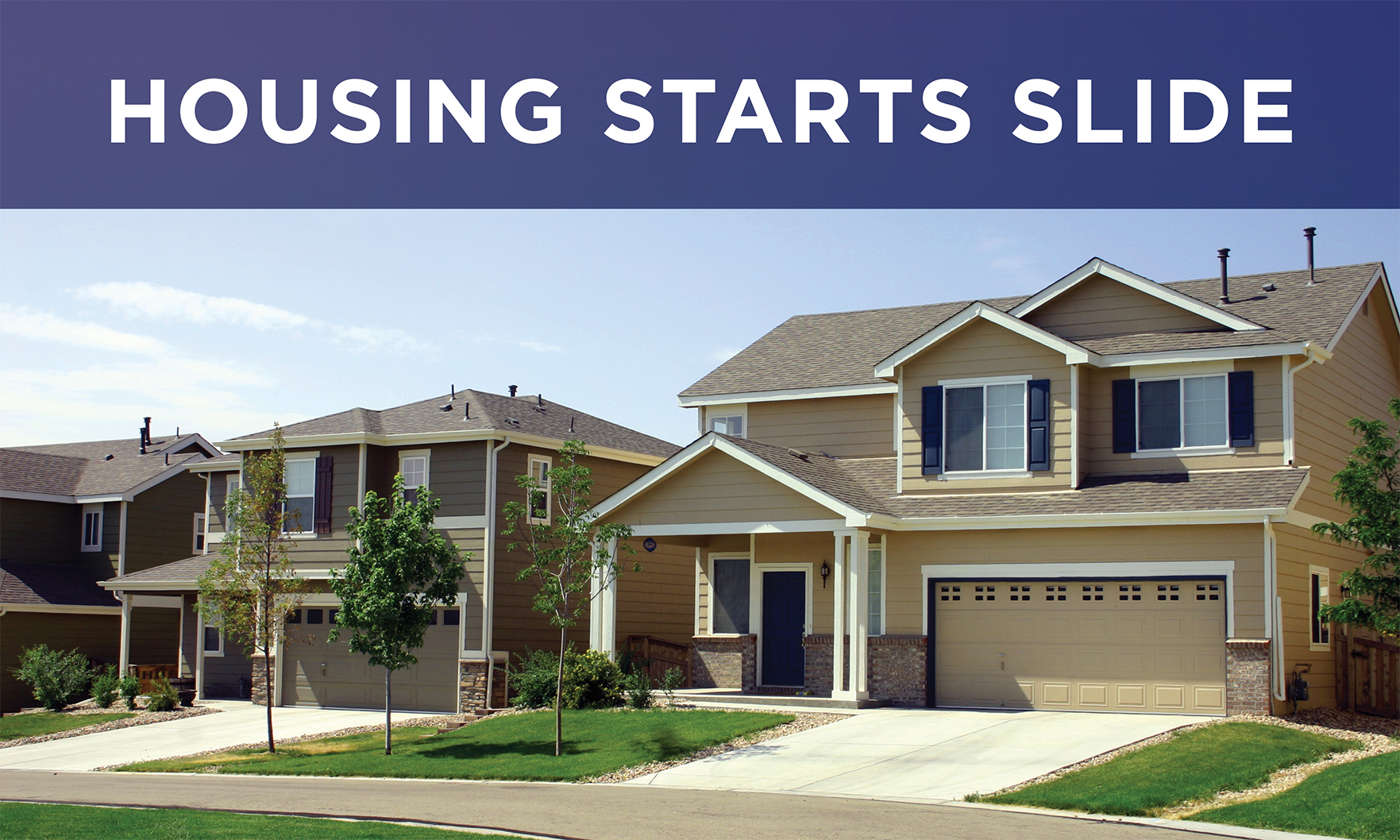
New-home permits fell 11.2% month over month, while housing completions jumped 10.8% in what one observer said could have “worrisome” long-term consequences for the nation’s housing supply.

Local experts gathered to discuss new developments along the Chicago River in a “River Talk” forum at DePaul University.
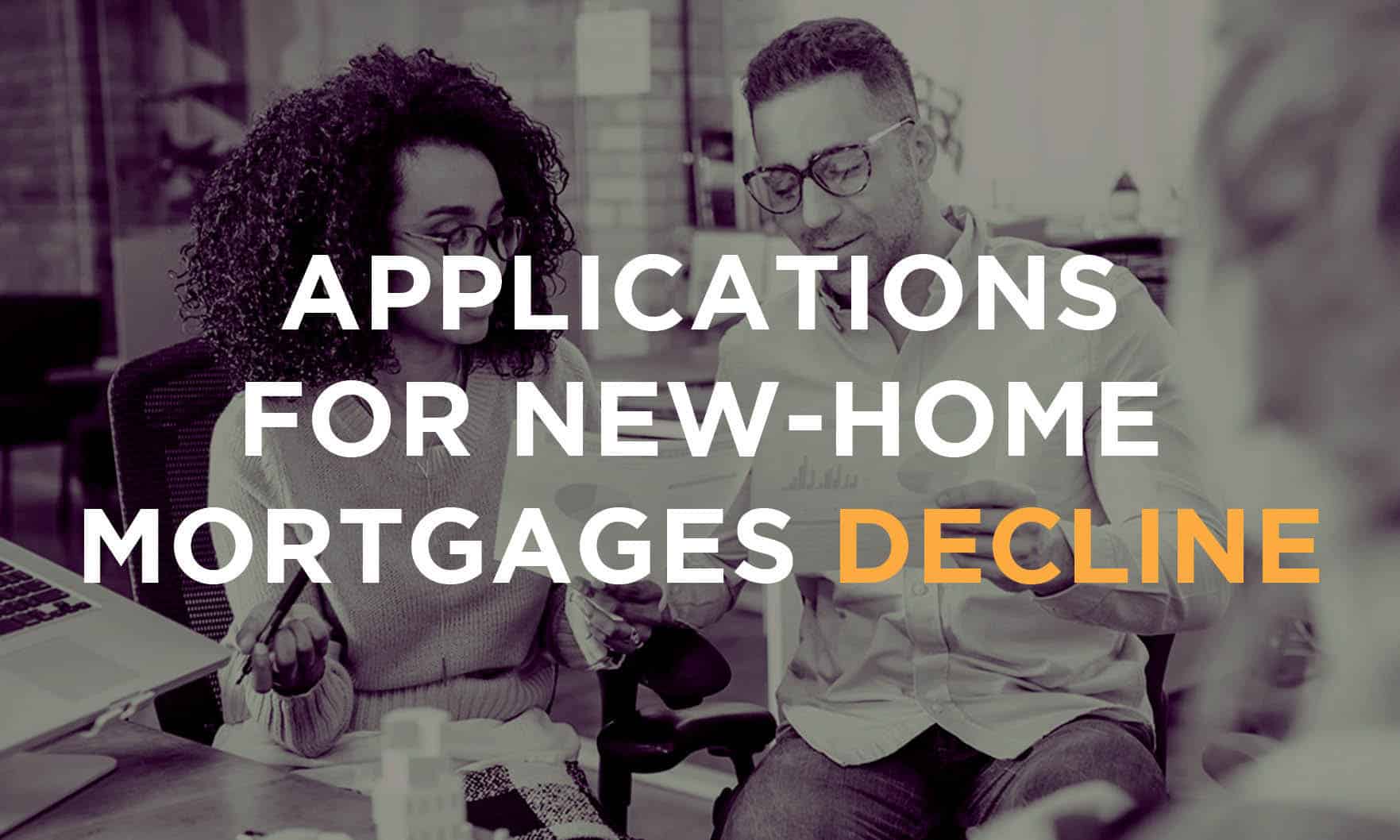
The pace of new single-family home sales, meanwhile, fell 6.1% from September to 598,000.

The number of homes under construction rose during the month, as homebuilders continued to work through a large backlog of homes.

Mortgage rates continued to weigh on homebuyers in September, following a brief uptick in new-home sales in August.
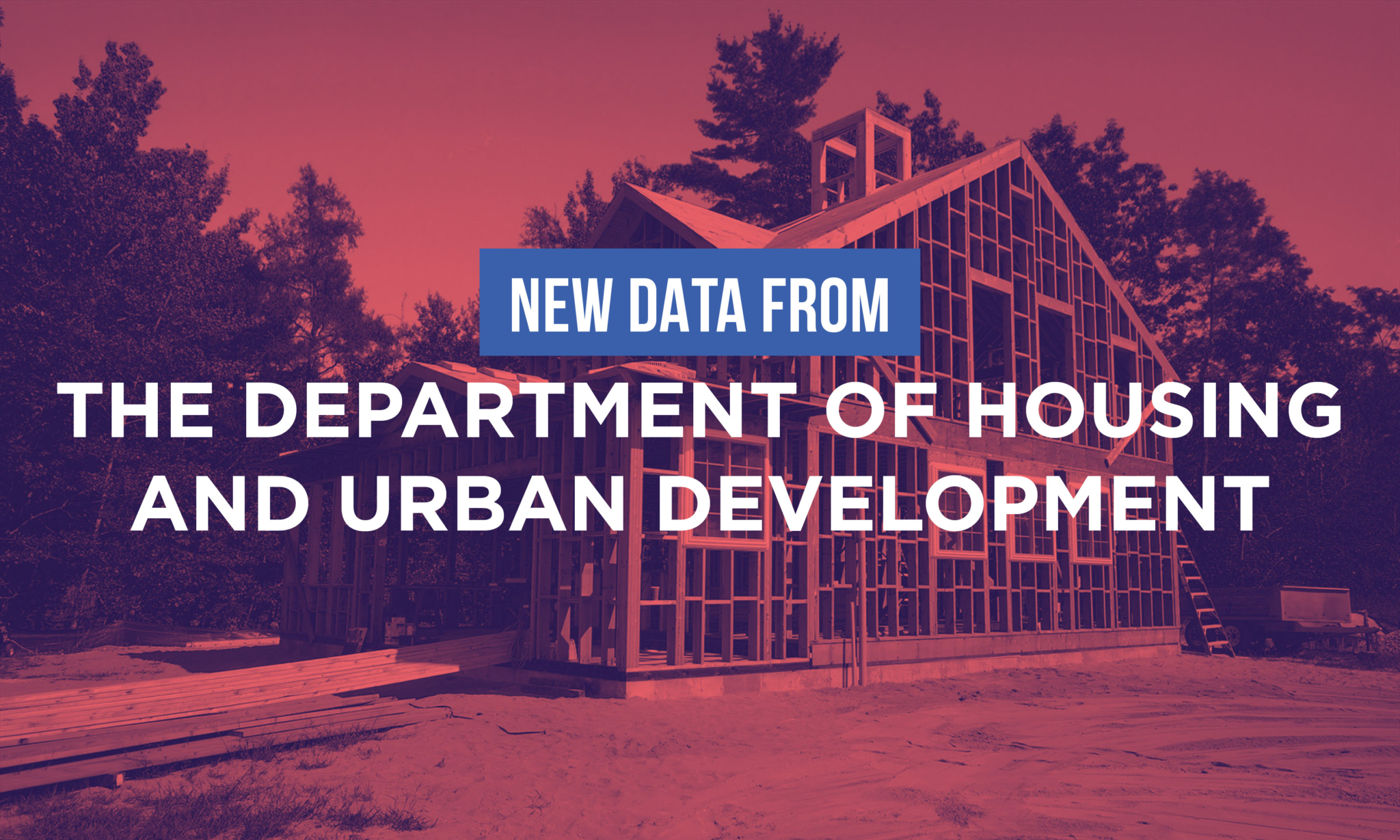
New home construction missed analyst estimates in September, falling 8.1% month over month to an annual rate 1,439,000 homes, according to government statistics.
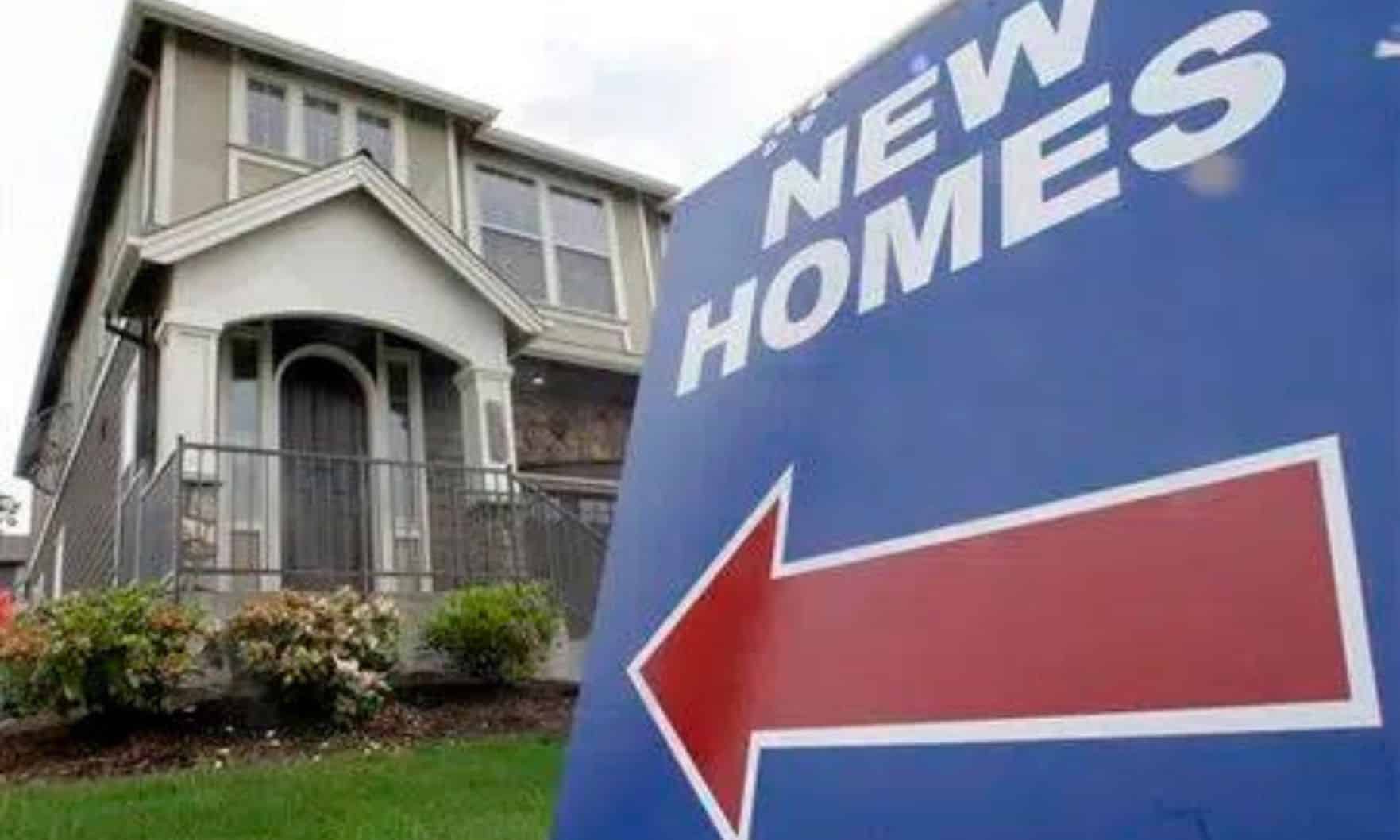
Sales of new homes in the U.S. jumped 28.8% between July and August, according to the U.S. Census Bureau and the U.S. Department of Housing and Urban Development.
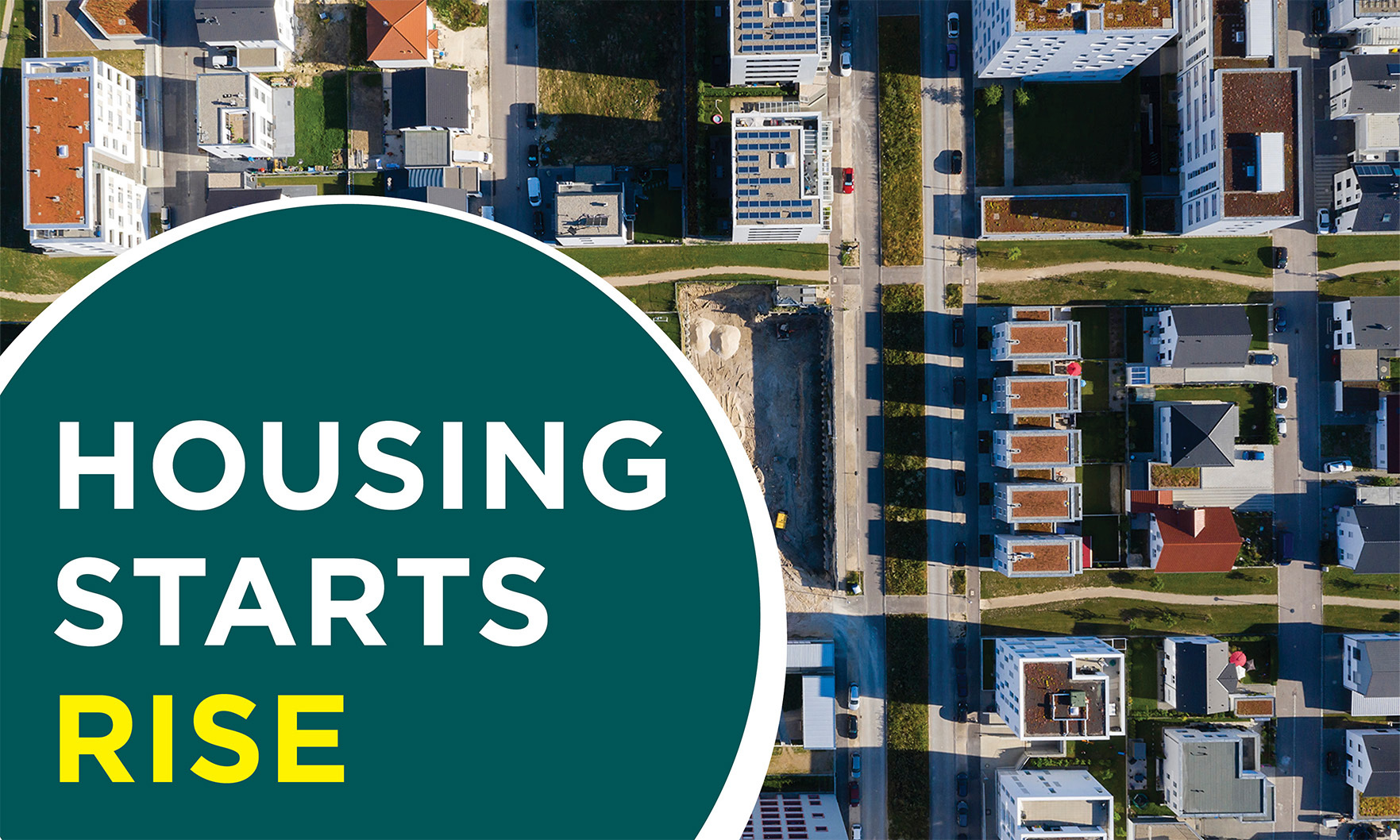
New-home construction posted a 12.2% month-over-month increase in August, thanks in large part to a significant jump in multifamily building.

The median price of a new home sold during the month was up 5.9%, however, according to figures from the U.S. Census Bureau and the U.S. Department of Housing and Urban Development.
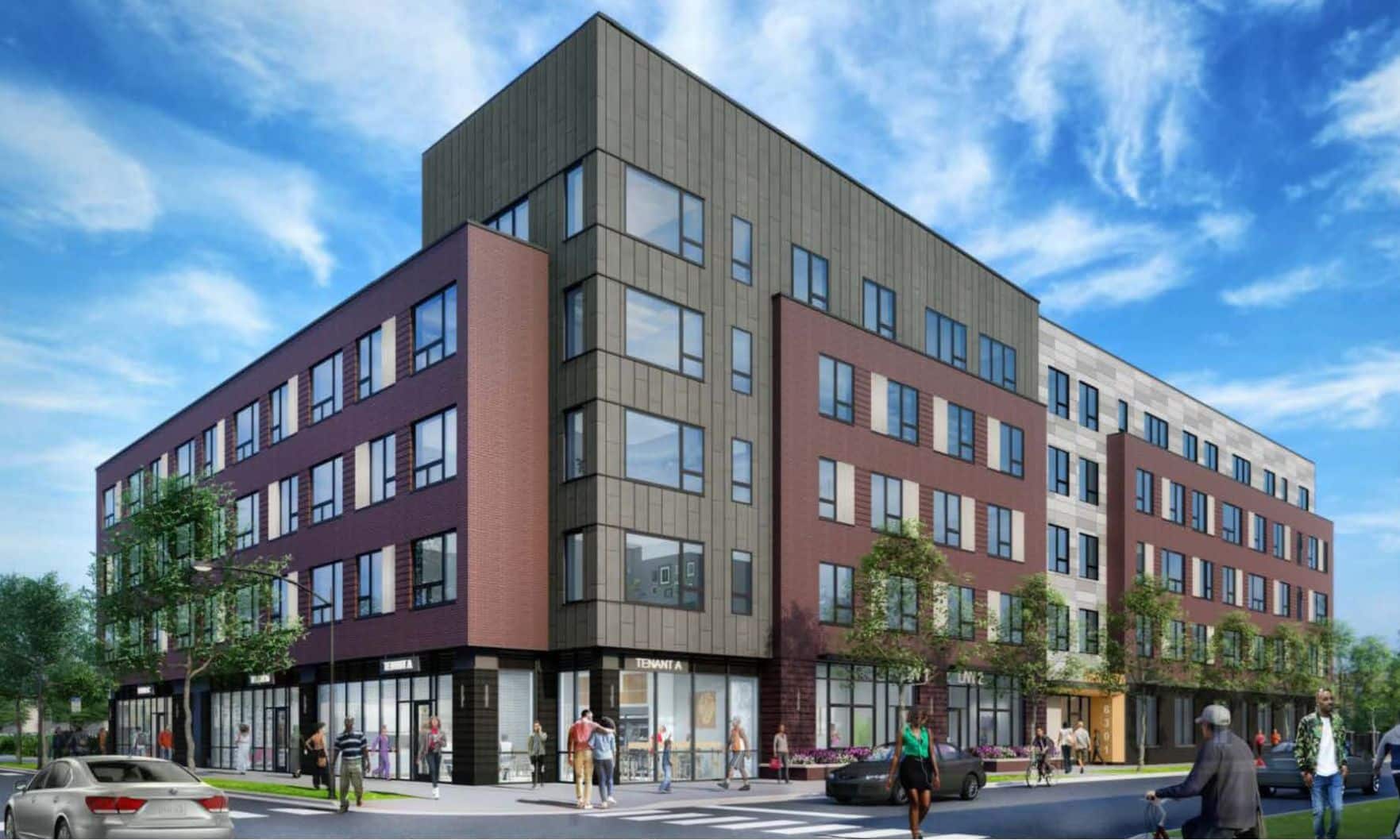
A new mixed-income, mixed-use community is coming to Chicago’s Woodlawn neighborhood: Park Station Lofts. Ground is expected to break soon.